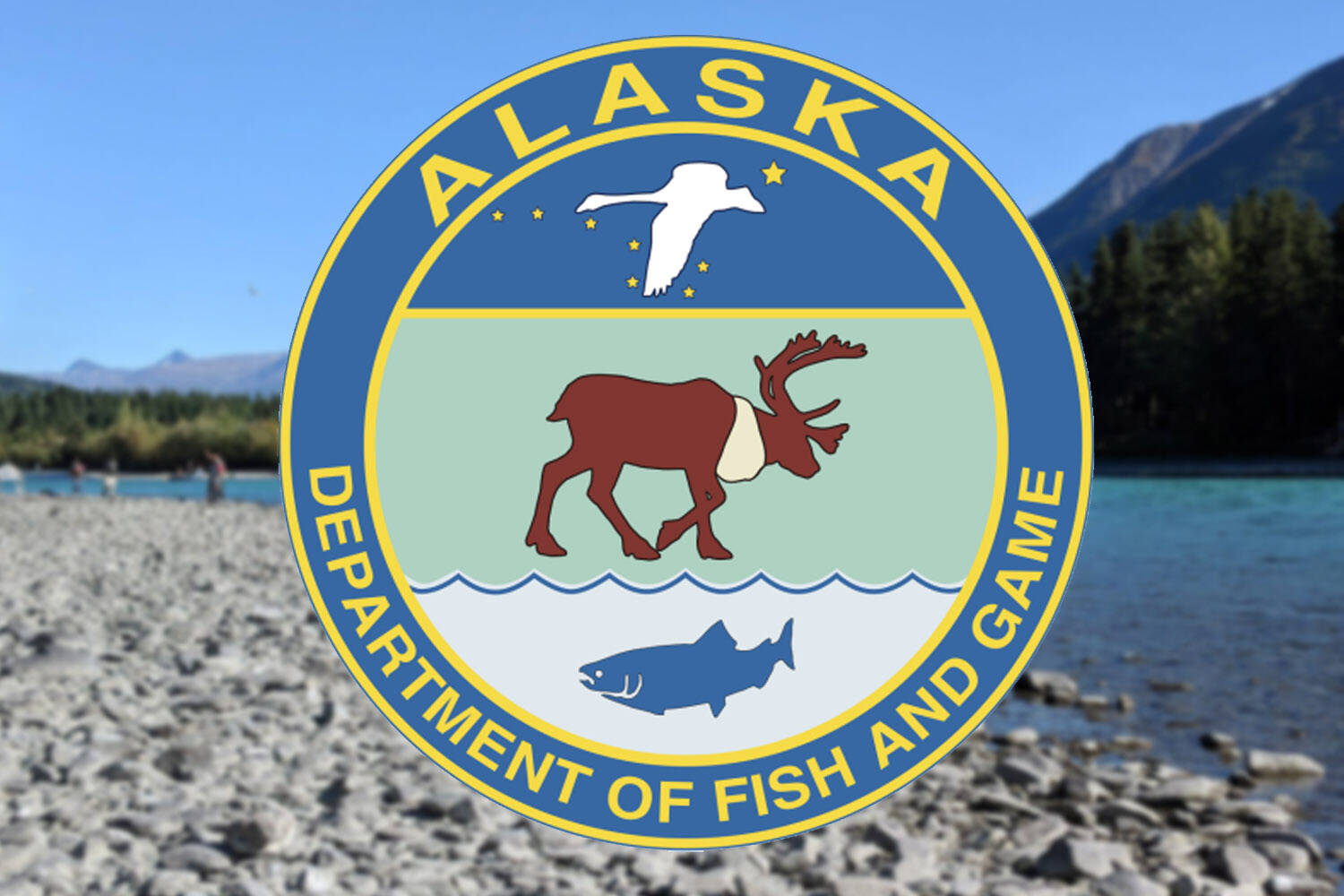At the Upper Cook Inlet Finfish meeting in Anchorage, the State Board of Fisheries approved several changes to Kenai Peninsula fishing regulation. They supported various protections for king salmon and trout, increased opportunity for sockeye salmon fishing on the Russian River and moved regulatory markers, among other things.
The wide-reaching Kenai River late-run king salmon stock of concern action plan approved during the meeting overrides many of the management plans for local stocks that were described in proposals to the board so long as Kenai River late-run kings remain listed as a stock of management concern.
The board identified 36 proposals that were set to see deliberation during the meeting that were already addressed by the plan and took no action on most of them — four were brought to the table, but each ultimately failed.
Sport fishing
A proposal by the State Department of Fish and Game that adds to regulation several triggers for closure of Upper Cook Inlet salt waters to king salmon retention was supported unanimously with an amendment that adds an additional trigger based on the Deshka River.
The proposal says that if projections of king salmon are below defined thresholds for the Deshka or Anchor Rivers, or if the Kenai River is closed to king salmon fishing, then king salmon retention in Cook Inlet salt waters will be closed. The department notes that this restriction has already been implemented via emergency order in “12 of the last 15 years.”
A restriction on the gear for sport fishers on parts of the Kenai River was unanimously expanded. Fishers will be restricted to one unbaited, single-hook, artificial lure from around the Moose River Confluence upstream to the outlet of Skilak Lake, year-round.
Hidden Lake will be closed entirely to sport fishing from Sept. 15 to Nov. 30 by an amended proposal passed unanimously by the board to protect lake trout.
On the Kasilof River, the board unanimously approved a gear restriction like that implemented for the Kenai — limiting fishers to one unbaited, single-hook, artificial lure — in effect from Jan. 1 to Aug. 15.
A boundary marker indicating where motors may be used on the Kasilof River to leave the fishery will be moved a mile upstream after a unanimous decision by the board. The change is meant to accommodate the new boat retrieval set to be constructed on the river in the next few years.
Board member Tom Carpenter questioned why this move is happening before construction has begun, but the body ultimately passed the proposal with the understanding that the marker needs to be moved before the retrieval enters service.
The board defeated proposals that called for revamped management of the Kasilof River, but encouraged the department to explore the idea and come back next cycle in 2027 with ideas.
Matt Miller, Cook Inlet coordinator for the Division of Sport Fish, said the Kasilof River has historically been managed to largely mirror the Kenai River, but that it has been at times “an afterthought.” He spoke in support of developing a plan, saying that especially in recent years the Kasilof River has come into its own — “It’s time.”
Unanimously, the board approved allowing the department to liberalize sockeye limits on the Russian River sooner. The new regulation says the department can issue emergency orders to increase the bag and possession limit for the river when the sockeye salmon escapement goal is projected to be achieved — previously, the department had to project that the goal would be exceeded.
The board unanimously decided to align a date that prohibited fishers from filleting, removing heads or otherwise mutilating king salmon before offloading from a vessel or transporting them away from a fishing site with the end of the king salmon season end date.
Miller said that the change simply cleans up dates.
“This is possibly the easiest proposal before you these entire two weeks,” he said.
The board also unanimously approved department proposals to update the list of stocked lakes.
Commercial fishing
The group unanimously approved the use of dipnets for commercial fisheries in Cook Inlet.
A proposal that would restrict commercial driftnetters to at least a mile from the mouths of Silver Salmon Creek and Shelter Creek was approved 6-1. Member Gerad Godfrey moved to reconsider the decision on the final day of the meeting after initially voting in favor, but the motion was defeated 6-1.
Personal Use
The board unanimously approved a proposal that says that king salmon intended or required to be released in Cook Inlet personal use fisheries — including Kenai and Kasilof River dipnetting — may not be removed from the water.
For more information about the Board of Fisheries, including proposals, reports and audio from the Upper Cook Inlet Finfish meeting, visit adfg.alaska.gov.
This story was edited on March 12 to correct a gear restriction on the Kasilof River.
Reach reporter Jake Dye at jacob.dye@peninsulaclarion.com.

